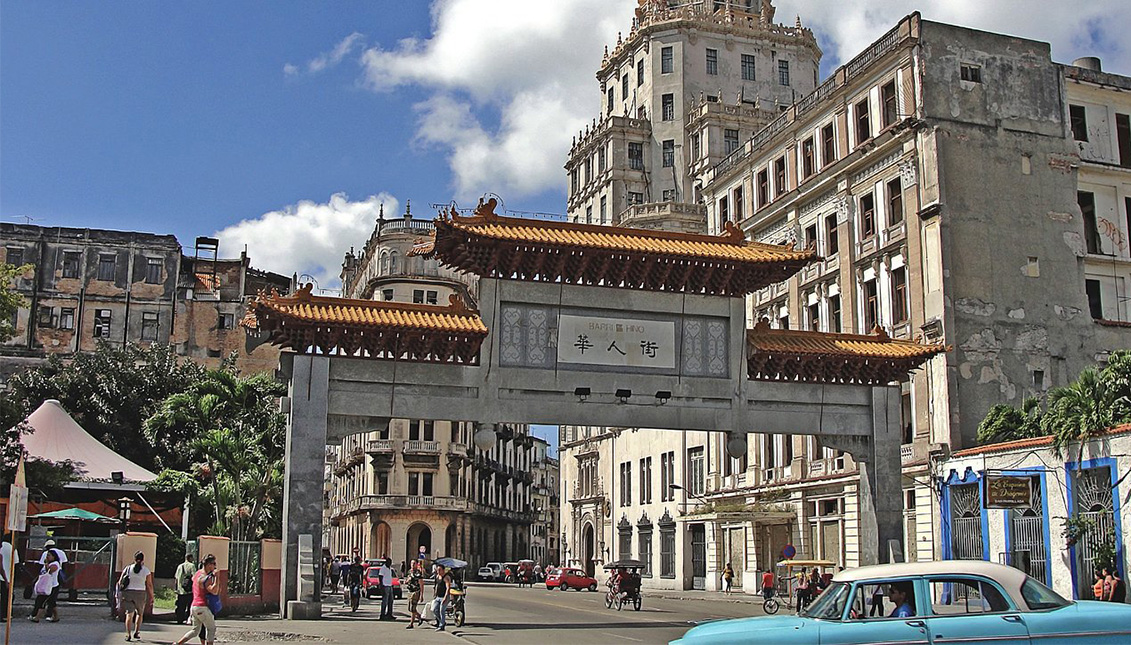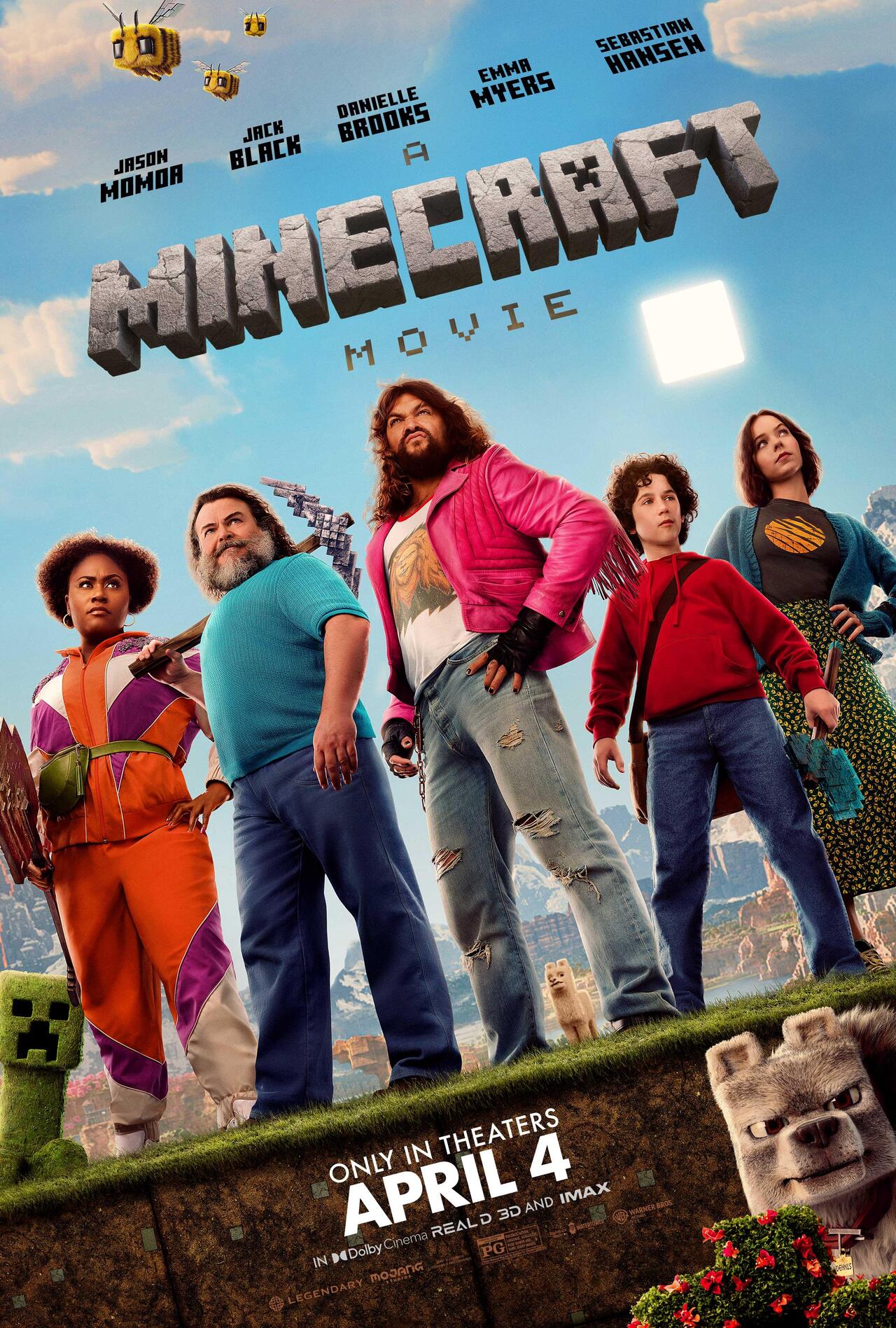
When the Chinese ran cinemas in Havana
The discovery of 300 historical films on a dusty shelf in Cuba's Chinatown shed light on the island's eastern legacy.
Maria del Carmen Kouw learned to speak Cantonese by watching martial arts movies when she was a child and went with her parents to film premieres in one of Havana's four Chinese-run movie theaters.
Now, at 72, this Asian descendant is one of the experts in charge of the film library at the Casa de las Artes y Tradiciones Chinas in Havana, which has just made a major discovery. It recently found a collection of 300 historical Chinese films in Havana's Chinatown.
"We have saved them from humidity, dust and oblivion," Kouw told Xinhua, referring to the unique films that date back to the first half of the 20th century and that after being translated into Spanish, show titles such as The Toothless Tiger, The Frightened Birds, and Dances of Northwest China.
The stories they tell are still a mystery because they have not been digitized yet.
"We have found an invaluable treasure that was thought to be lost forever," said Teresa María Li, director of this institution created in 1995 to preserve books and documents that trace the Chinese legacy of Cuba, adding that the tapes could help future generations expand their knowledge of the history between the two countries.
For his part, Cuban historian Rolando Julio Rensoly, pointed out to Xinhua the importance that Asian culture has had in Cuban society:
"Immigrants and Chinese descendants operated important movie theaters, opened businesses and shared their music and way of life with the Cuban people," he said. "Preserving Chinese culture is also preserving Cuban culture."
The first Chinese immigrants arrived in Cuba around 1847, and were low-income people hired by the colonists to replace slave labor at a time when abolitionist laws had gained influence.
According to Teresa Li, a historian by profession, most were deceived into coming and worked in such miserable conditions that they had no way to return to their country, lost their identity and their original name, and "became a number," resulting in many suicides.
RELATED CONTENT
But around 1860, a second wave of Chinese migrants came from the southwestern United States, where they had been working in the so-called California Gold Rush. This time, they were fleeing the slave policies of the Americans. According to Li, it is estimated as many as 150,000 Chinese citizens arrived and most were men.
For the historian, the presence of the Chinese in the country cannot be separated from the struggle for independence and, according to a Cuban patriot, Gonzalo de Quesada, "there was never a Chinese Cuban traitor, there was never a Chinese Cuban deserter," since they also fought with machetes against Spanish colonialism.
The influence of Asians on the island was much deeper than in other countries, where they did not manage to integrate completely. That's where the story of Havana's famous Chinatown began, when the new settlers moved into the fields in search of better agricultural work and mixed with the natives, especially free blacks.
And although the neighborhood was born out of the mixing of races, free of their original contracts, these Asian immigrants began to develop other trades and established grocery stores, laundries and jewelry stores. They even had their own newspapers, the Shanghai theater, and a network of restaurants and cinemas.
Teresa Li concludes that all aspects of Cuban cultural and social life have been impacted, from literature to music and cuisine, and also popular sayings such as "not even the Chinese doctor can save that one" or "it seems that you write in Chinese."
In addition to the collection of 300 Chinese films, the Casa de las Artes y las Tradiciones Chinas in Havana also showcases 100 vinyl records donated by Chinese descendants, which also include messages sent by people in China to their relatives living in Cuba.











LEAVE A COMMENT: